Outdoor Recreation & Health

Concerns regarding the adverse physical, psychological, and social health consequences of “nature-deficit disorder” have catalyzed a movement to connect people and nature. In this line of inquiry, we work with multiple agencies and organizations to assess park use, outdoor recreation patterns and preferences, and their relationship to human health and well-being. Our goal is to foster human-nature connections and develop recommendations that ensure the cultural ecosystem services (and health benefits) provided by parks and green space are enjoyed by people from all backgrounds. Our research in this thematic area includes studies of:
- Park and outdoor recreation resource management
- Nature and health
- Urban ecosystem services
- Equity and environmental justice
- Youth and nature
Lab projects related to this research theme are highlighted below. Be sure to check out the papers and presentations pages for more details about key findings associated with each project.
Current/Ongoing Projects
Parks and the Pandemic
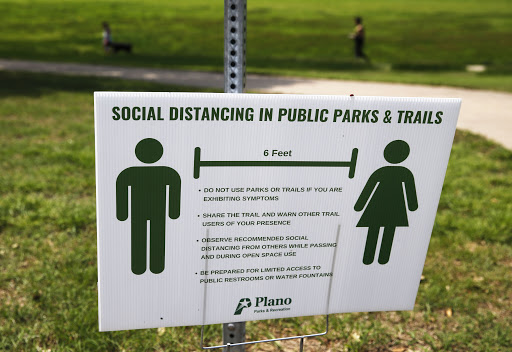
As the COVID-19 pandemic reshapes the way that humans interact with each other and the natural environment, the influence of parks and green space on leisure activities, health, and well-being may be shifting. For example, growing evidence suggests many people are visiting parks and participating in outdoor recreation activities at unprecedented rates. Anecdotal reports indicates these activities may be helping people to maintain health and cope with stress imposed by the pandemic. However, these visitation trends also recreate unique challenges for park managers, who are obligated to encourage outdoor recreation and its health-promoting potential while also enforcing guidelines outlined by public health agencies to reduce virus transmission. To understand how these complex factors interact, our team at NC State is collaborating with other researchers around the country to understand the critical role that parks and outdoor recreation plays during the pandemic, including their effects on health and well-being across diverse populations (e.g., college students, youth, families). We are also exploring the challenges managers face as they struggle to cope with the pandemic.
Parks, Green Gentrification & Equity Across Diverse Communities
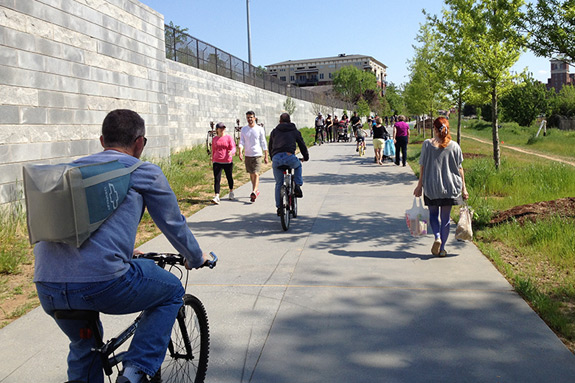
Recent urban migration trends have created concerns about the quality of life in cities. To enhance health and well-being in urban environments, many cities are heavily investing in parks and green space. For example, construction of greenways represent “corridors of benefits” that can improve health and wellness, facilitate connections with nature, foster social interactions, add value to marginal land, and enhance connectivity across the urban landscape. Urban greening (via tree planting and other strategies) can also improve air quality and community health. Unfortunately, the construction of parks and greenways often leads to demographic transitions and neighborhood change, resulting in benefits that are not equitably distributed. Using national datasets and various case study sites (e.g., Green Heart in Louisville, Kentucky), we are working with colleagues from federal and municipal park agencies across multiple major U.S. cities (e.g., Atlanta, Chicago, Louisville, San Antonio) to understand why this happens and what can be done about it. Our studies investigate topics including park and greenway use, public perceptions of ecosystems services, stakeholder engagement, and links between parks, green space, and crime across diverse communities. Results of these studies can be used to inform park planning and management and promote equitable and sustainable community development.
Completed Projects
Green Space & Children’s Mental Health
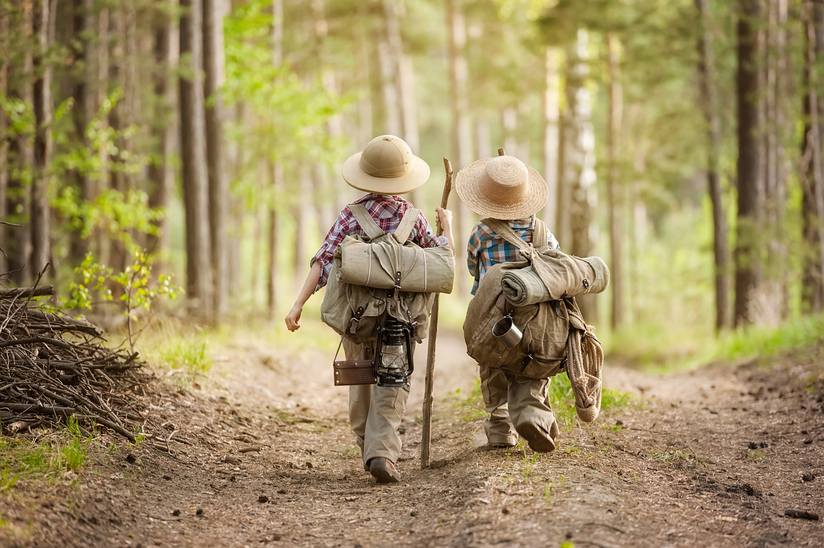
With support from the US Forest Service’s National Urban and Community Forestry Advisory Council (NUCFAC), we examined the effects of exposure to managed natural environments on the expression of core and associated autism symptoms in children with autism spectrum disorders (ASD). Our investigation included secondary data from National Land Cover Databases and the National Surveys of Children’s Health as well as experimental, within-subjects repeated measures design studies of children with ASD experiencing two different conditions (walks in indoor settings and walks in managed natural environments). Findings from this project helped answer questions about the relationship between urban land cover, tree canopy coverage, and the expression of core and associated ASD symptoms, ultimately informing the management of urban green space to promote healthy youth development. (2017-2021)
Nature Experiences & Positive Youth Development
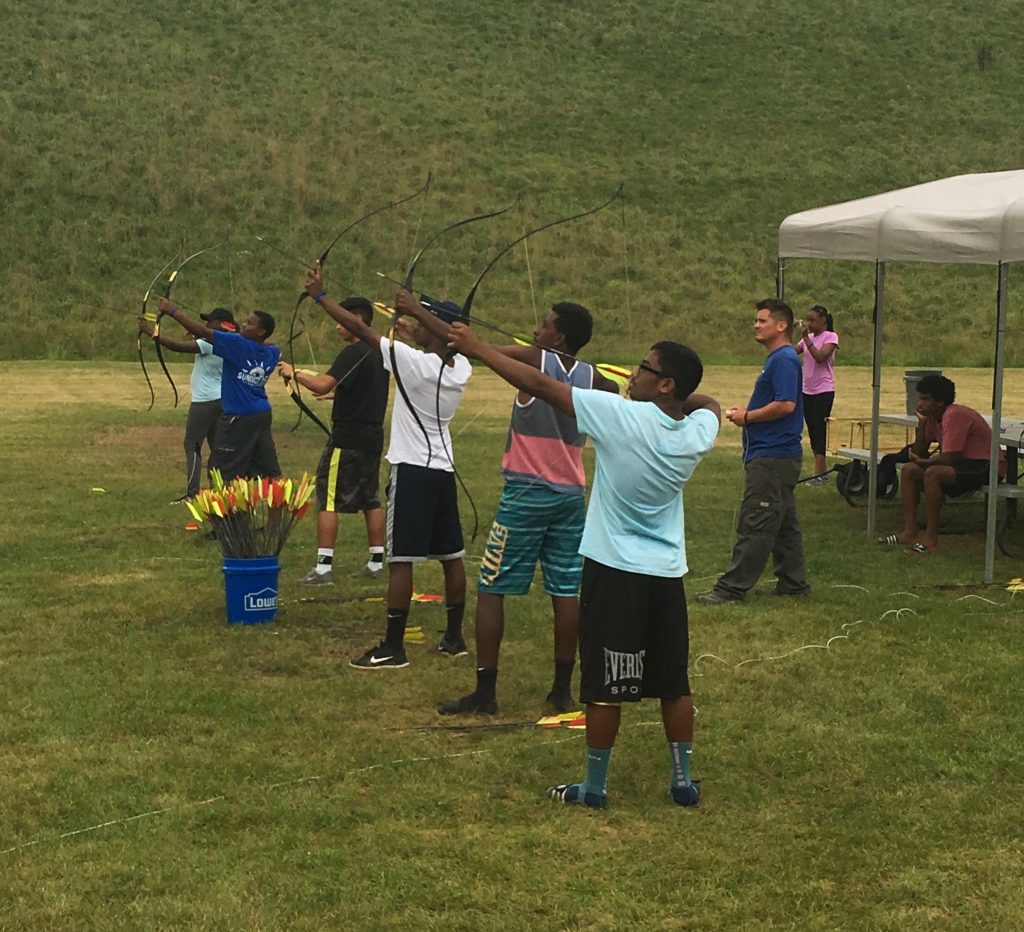
Many studies have highlighted the multifaceted health benefits associated with time outdoors for youth. Our interdisciplinary investigations in this realm have attempted to quantify if/how contact with nature influence broader youth development outcomes. Working with colleagues within Clemson’s College of Behavioral, Social, and Health Sciences, we developed tools and approaches to explore nature-based correlates of positive youth development (based on the Five C’s of positive youth development, or PYD) in low-income, rural and urban adolescents. We leveraged strengths of our diverse research team to expand current thinking regarding PYD and field tested instruments with the support of Boy Scouts of America at youth camp experiences geared towards diverse audiences. (2014-2018)
Urban Parks, Ecosystem Services, & Human Well-being

Over half of the world’s population lives in cities, and that number is growing rapidly. Urbanization has important implications for human health and well-being. Through the provision of urban ecosystem services, parks and urban green space provide a variety of physical, psychological, social, and economic benefits to urban residents. These benefits may have substantial positive impacts, yet the overall effects of urban ecosystem services – particularly cultural services – has been difficult to quantify. Working with colleagues at multiple agencies and universities, we sought to address the growing need to define and operationalize the contributions of parks to human welfare. Project outputs (e.g., review papers, essays, secondary data analyses) have helped researchers and practitioners understand how the ecosystem services provided by urban parks and green space contribute to different aspects of well-being across demographically diverse populations. (2013-2018)
Broader Impacts of the “First Day Hikes” Initiative
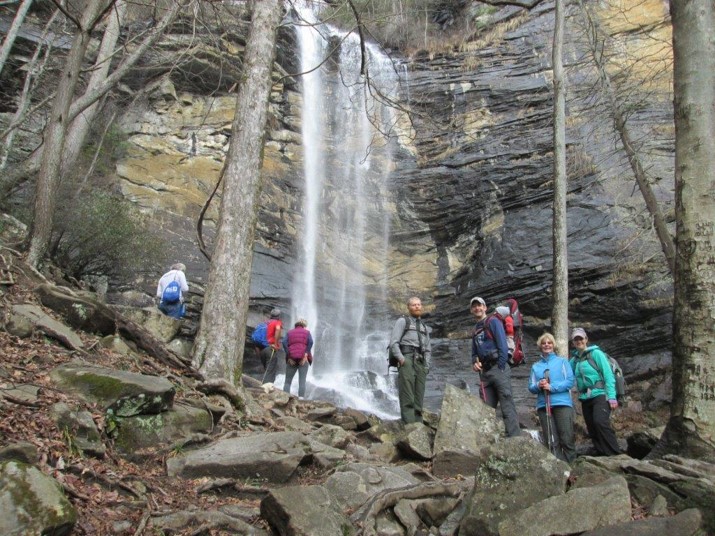
First Day Hikes, which occur on New Year’s Day in state parks across America, are a nationwide initiative designed to help more people enjoy the benefits of nature-based recreation. Despite the rapidly growing popularity of these hikes (in 2016, over 56,000 people across the U.S. attended one of these events), relatively little is known about the hikers themselves and the larger impacts of First Day Hikes on society and the natural environment. Our study, supported by the National Association of State Park Directors, characterized the population of First Day Hikers, identified motivations for hiking, and examined larger impacts of the First Day Hike experience in terms of sustained outdoor recreation participation, health and well-being, environmental stewardship behavior, and overall support for parks. (2015-2018)
Outdoor Recreation & Diversity in Georgia State Parks

Working with colleagues from the Univ. of Georgia and the Georgia Department of Natural Resources, we conducted a comprehensive assessment of state park visitation and outdoor recreation behavior across ethnically diverse populations. We used visitor observations, exit surveys, and on-site and off-site intercept surveys to explore the benefits associated with state park use in Georgia (including park-based physical activity and children’s outdoor experiences) and examine if and how these benefits are enjoyed by visitors from different backgrounds. Project outputs have helped to identify strategies that allow state park managers to better serve their increasing diverse clientele. (2008-2014)
Children’s Time Outdoors across America
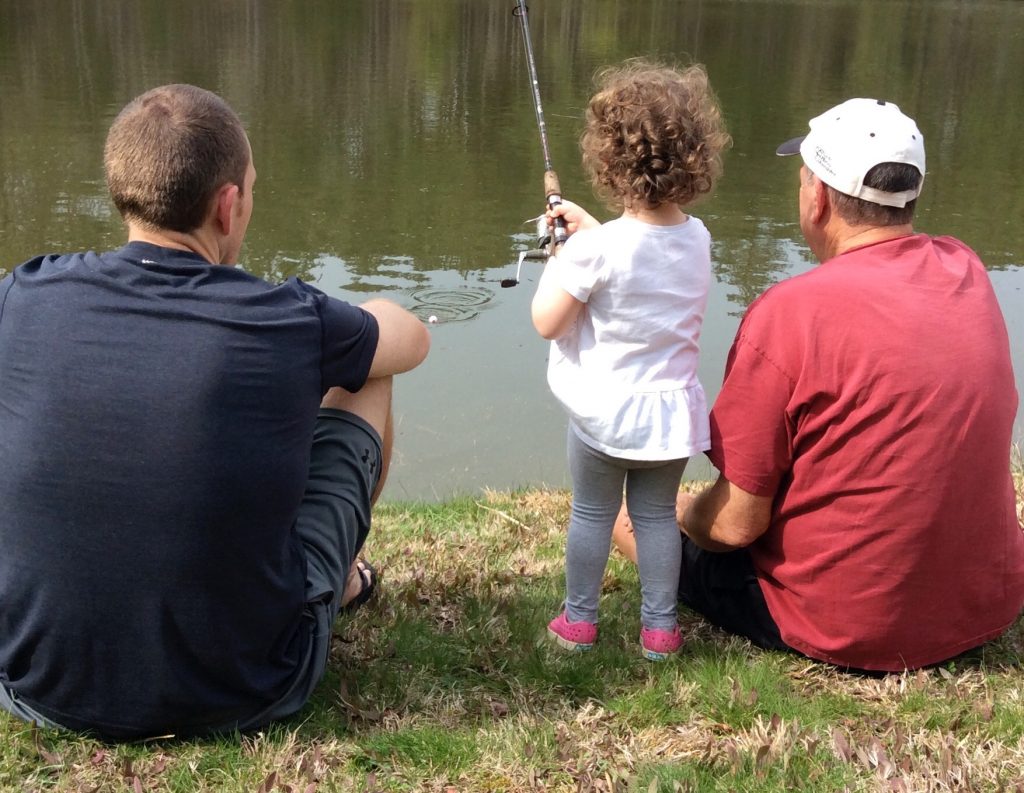
Working with colleagues in the U.S. Forest Service, we assessed trends in children’s time spent outdoors and popular outdoor activities using data from the National Survey on Recreation and the Environment’s (NSRE) Kid Module (which was initiated in 2007). The study provided a comprehensive baseline for monitoring children’s outdoor recreation over time, identifying potential problems and mitigation strategies that may help to combat the effects of nature-deficit disorder. (2009-2011)